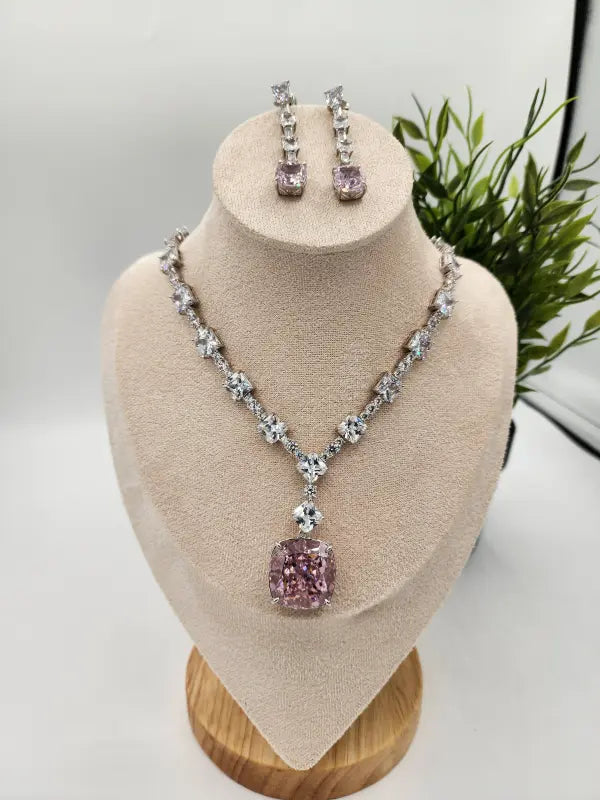Ahir Work, an exquisite form of hand embroidery, hails from the vibrant region of Kutch in Gujarat, India. This distinctive embroidery style is named after the Ahir community, a nomadic group known for their intricate and colorful needlework. Kutch, renowned for its rich textile traditions, is home to several communities, each with its own unique embroidery techniques. Besides Ahir, other notable communities practicing traditional embroidery include the Rabari, Sodha, Mochi, Meghwar, Garasia Jat, Marwada Harijan, and Rajput. Each group contributes to Kutch’s diverse and culturally rich embroidery heritage, characterized by their unique stitches and styles.
Embroidery Style

Ahir embroidery is celebrated for its rhythmic patterns and vibrant aesthetic. The embroidery often features rows of intricate designs, with circular mirrors encircled by stitches that enhance the fabric's texture and visual appeal. The use of bright, contrasting threads and glittering mirrors creates a sense of grandeur and elegance. This form of embroidery involves a combination of outline stitches, filling stitches, and pattern stitches, all meticulously executed by hand. The process is labor-intensive and requires significant skill and patience, making each piece a unique work of art.
Materials

Creating Ahir embroidery involves several essential materials:
- Fabric: Typically, cotton or silk is used as the base material for the embroidery.
- Needle and Threads: A variety of threads in bright colors are used to create the intricate designs.
- Mirrors: Small circular mirrors are often incorporated into the embroidery to add a touch of sparkle and enhance the visual appeal.
- Tracing Sheet: Used to transfer the design onto the fabric.
- Tailor Machine: Helps in piercing the fabric and creating outlines for the design.
- Scale and Pencil: Used for precise measurement and drawing.
- Color Mixture: A special solution used to transfer the design from the tracing sheet to the fabric.
Process

The creation of Ahir embroidery involves several detailed steps:
- Design Preparation: The desired design is first drawn on a tracing sheet, which serves as a template.
- Outlining: The tracing sheet is then given dotted outlines using a tailor machine. This helps in transferring the design onto the fabric.
- Design Transfer: The tracing sheet is placed on the chosen fabric, and a specially prepared color mixture is applied to transfer the design onto the fabric.
- Embroidery: Using the outlines as a guide, artisans begin the embroidery process. Bright color threads are used to stitch the design, and mirrors are added to enhance the fabric’s beauty and make it more attractive.
Applications and Products

Ahir embroidery is highly versatile and can be applied to a range of products, both functional and decorative. The vibrant and intricate nature of this embroidery makes it ideal for various applications:
- Home Decor: Ahir embroidery can be used to adorn items such as tablecloths, cushion covers, and wall hangings.
- Clothing: It is often used in ethnic wear, including blouses, yokes, and borders. The embroidery adds a traditional touch and enhances the overall appearance of the garment.
- Accessories: Handbags, sling bags, and purses embellished with Ahir embroidery are popular among those looking for unique and stylish accessories.
- Other Utilities: Embroidered dolls, torans (door hangings), and women’s accessories also feature Ahir work, showcasing its versatility.
Conclusion
Ahir embroidery is more than just a craft; it is a testament to the rich cultural heritage of Kutch. Each piece of Ahir embroidery reflects the skill and dedication of its artisans, who preserve and promote this traditional art form. Whether used in home decor, clothing, or accessories, Ahir embroidery adds a touch of elegance and uniqueness, making it a cherished part of Indian textile tradition.
FREQUETLY ASKED QUESTIONS
- What is Ahir Work?
Ahir Work is a traditional form of hand embroidery from Kutch, Gujarat, created by the Ahir community. It features vibrant patterns, often incorporating circular mirrors, and is known for its intricate and colorful designs.
- What materials are used in Ahir embroidery?
Materials include cotton or silk fabric, bright-colored threads, small mirrors, a tracing sheet, a tailor machine, a scale, a pencil, and a special color mixture for transferring designs.
- How is Ahir embroidery created?
The process involves drawing a design on a tracing sheet, transferring it to the fabric using a color mixture, and then stitching the design by hand using outline, filling, and pattern stitches.
- What products can be made with Ahir embroidery?
Products include home decor items like tablecloths, clothing such as blouses and yokes, accessories like handbags and purses, as well as decorative items like dolls and torans.
- What makes Ahir embroidery unique?
Ahir embroidery is distinguished by its rhythmic patterns, vibrant colors, and the use of mirrors. Its detailed, hand-stitched designs reflect the rich cultural heritage of the Kutch region.




